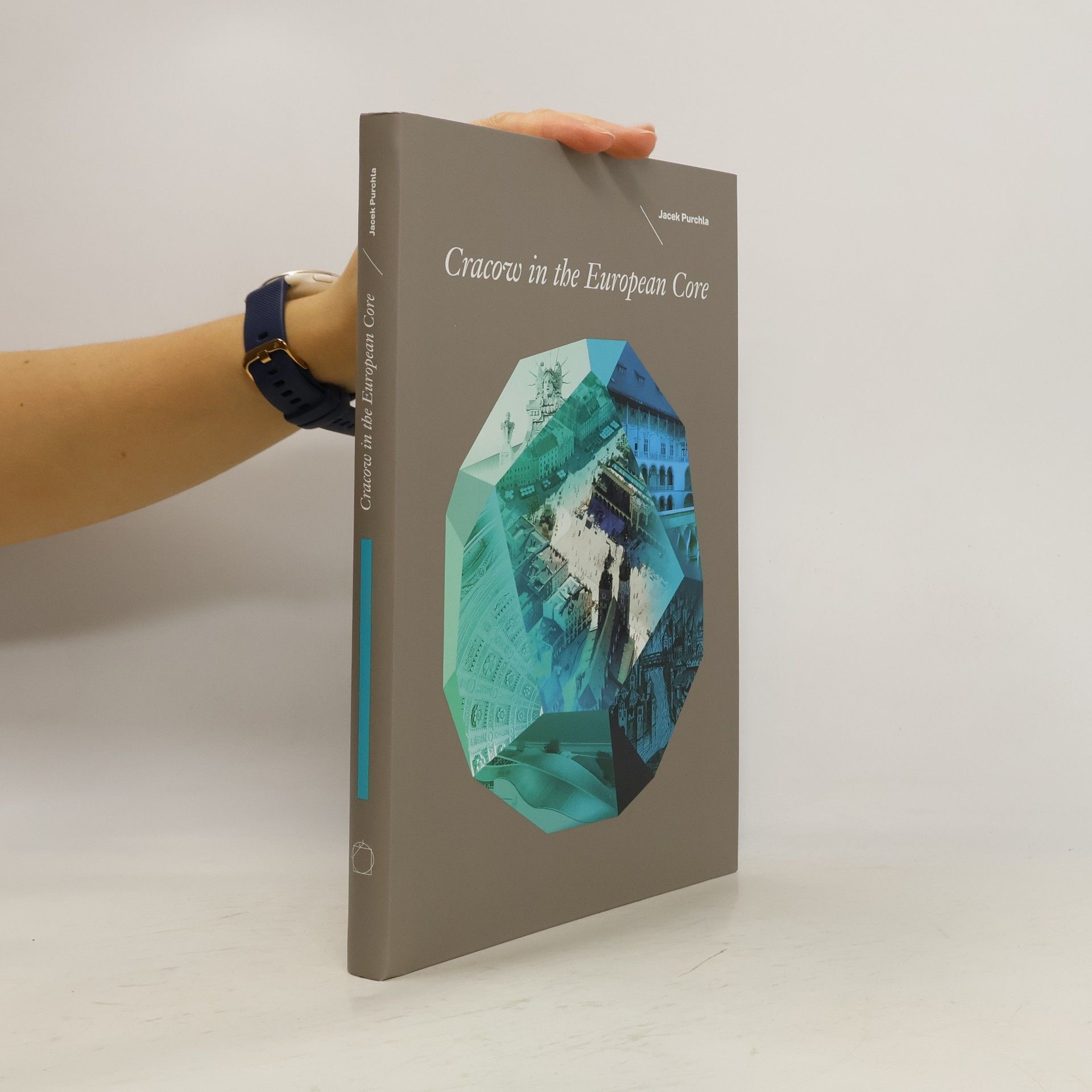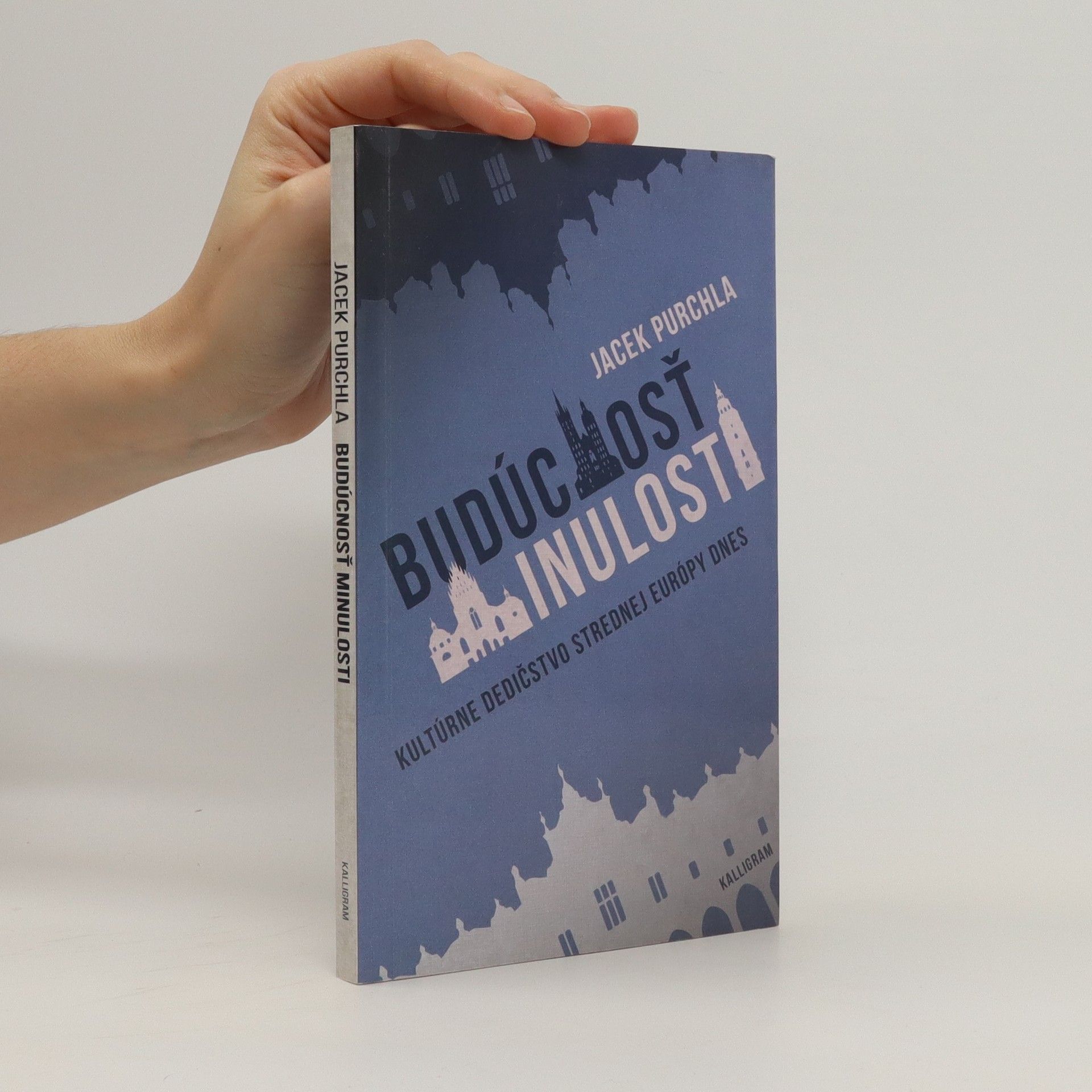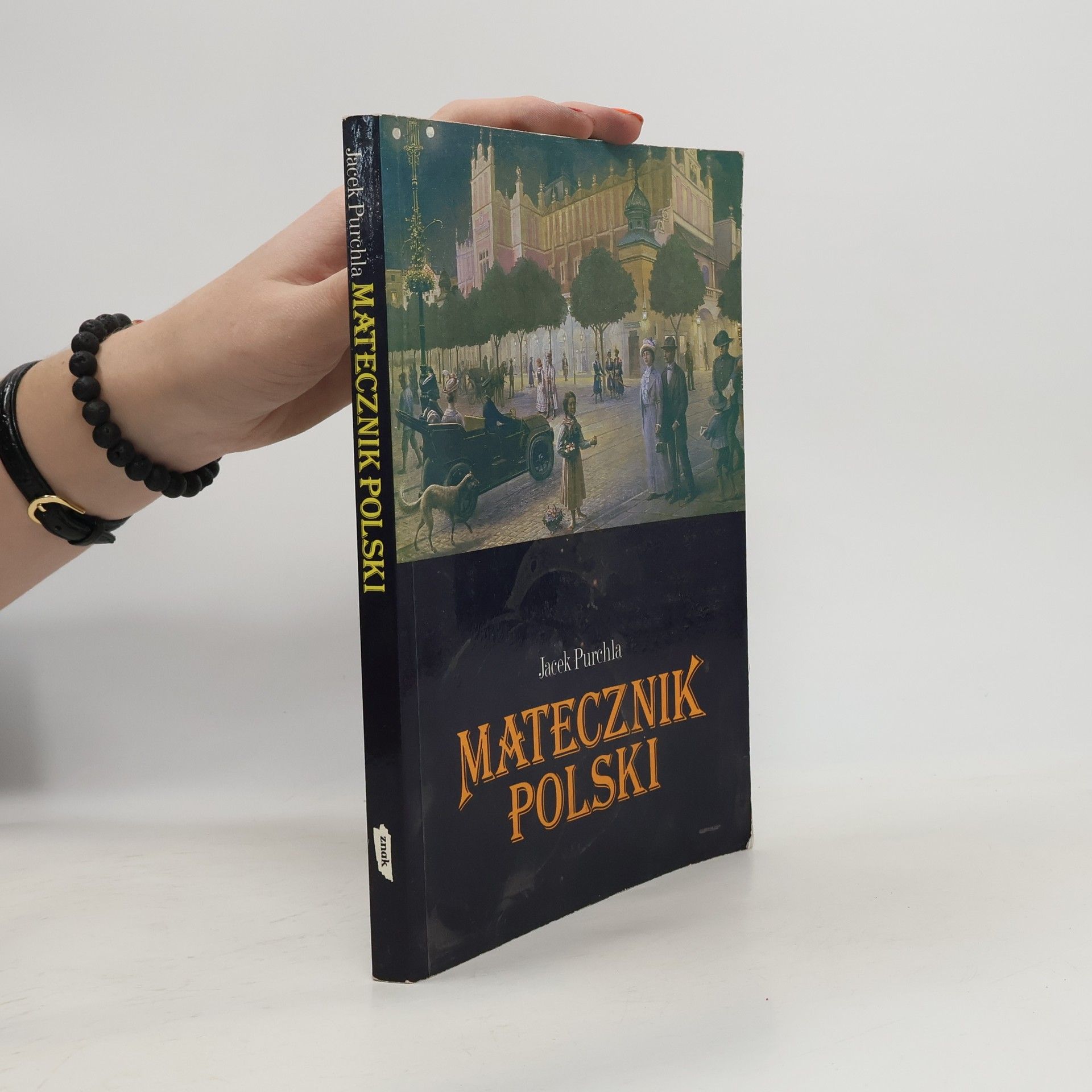„Mythos Galizien“ ist dem multikulturellen Erbe des historischen Kronlandes der Österreich-Ungarischen Monarchie gewidmet und seiner geopolitischen und historischen Bedeutung für die zeitgenössische Kulturlandschaft Mitteleuropas. Die Ausstellung stellt sich aus verschiedenen „nationalen“ Perspektiven die Frage nach der Entstehung, Bedeutung und Aktualität des galizischen Mythos. Der Bezug zu gegenwärtigen Problemstellungen der europäischen Integration ist dabei evident, speziell, wenn es um Fragen der östlichen Grenzen der Union bzw. besonders aktuell, wenn es um die gegenwärtigen politischen Ereignisse in der Ukraine geht. Dieser Zugang ermöglicht eine neue Qualität der Rezeption und Deutung des Mythos Galiziens und erlaubt es, Exponate zu zeigen, die im Kontext der Galizienforschung bislang nie oder selten präsentiert wurden.
Jacek Purchla Bücher



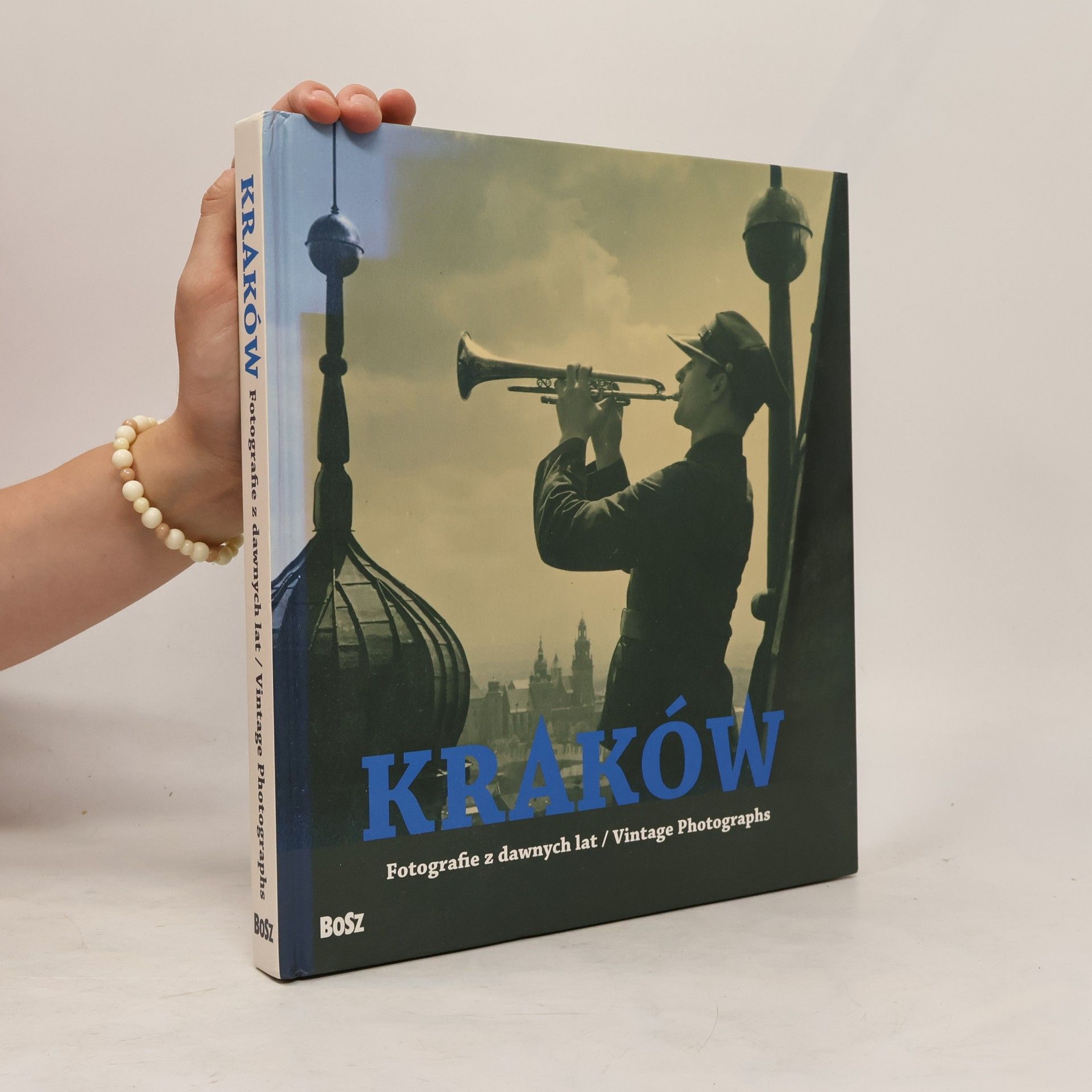

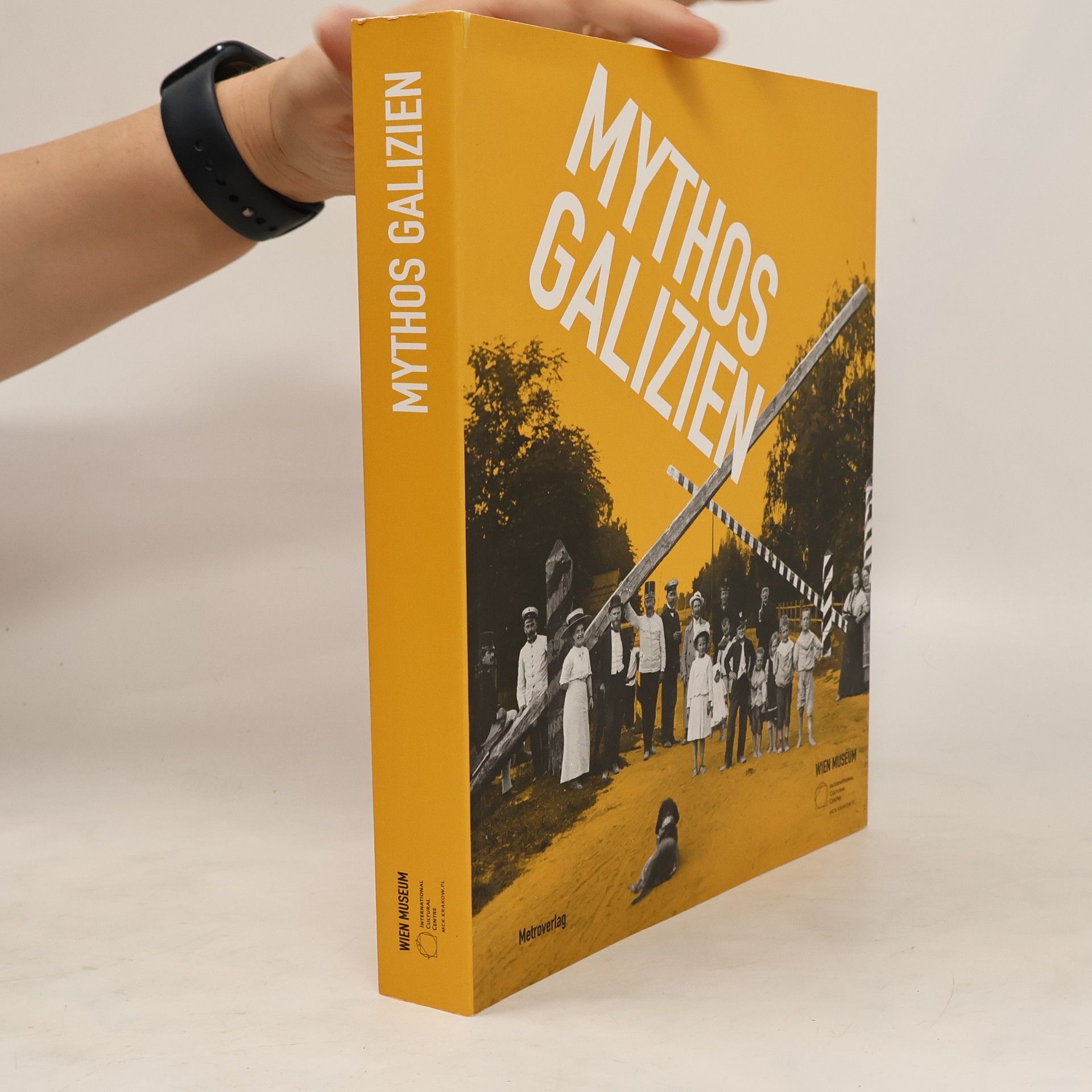
Władcy snów / Masters of Dreams
Symbolizm na ziemiach czeskich 1880-1914 - Symbolism in the Bohemian Lands 1880-1914
- 434 Seiten
- 16 Lesestunden
Form follows freedom : architecture for culture in Poland 2000+
- 270 Seiten
- 10 Lesestunden
Dom miłośnika sztuki
- 293 Seiten
- 11 Lesestunden
Heritage and transformation
- 67 Seiten
- 3 Lesestunden
Historia cywilizacji i kultury nigdzie nie odbija sie tak wiernie jak w dziejach miast Te ostatnie sa do tego stopnia fascynujace ze zasluzyly nawet na wlasny gatunek biografie miast W Polsce swoje biografie maja Wroclaw Mikrokosmos Normana Daviesa i Rogera Moorhousea i Gdansk Gdansk Biografia miasta Petera Olivera Loewa Krakow w Europie Srodka prof Jacka Purchli doczekal sie dwoch albumowych wydan Nowa wersja wydobywa literacki biograficzny aspekt ksiazki Kulturowa historia Krakowa piora prof Purchli obejmuje cale spektrum dziejow miasta od czasow najdawniejszych po wspolczesnosc To jak dotad jedyna pelna ich synteza Nowhere is history of civilization and culture reflected as faithfully as in the history of cities Stories of cities are so fascinating that they have spawned their own genre sbiographies of cities In Poland there are sbiographies of Wroclaw Microcosm by Norman Davies and Roger Moorhouse and Gdansk Gdansk Biography of the City by Peter Oliver Loew Cracow in the European Core by prof Jack Purchla has merited two editions in an album form The new version brings out the literary sbiographical aspect of the book The cultural history of Krakow written by Prof Purchla covers the entire spectrum of the citys history from the earliest times to the present It is so far its only complete synthesis
Matecznik Polski
pozaekonomiczne czynniki rozwoju Krakowa w okresie autonomii galicyjskiej
- 183 Seiten
- 7 Lesestunden
